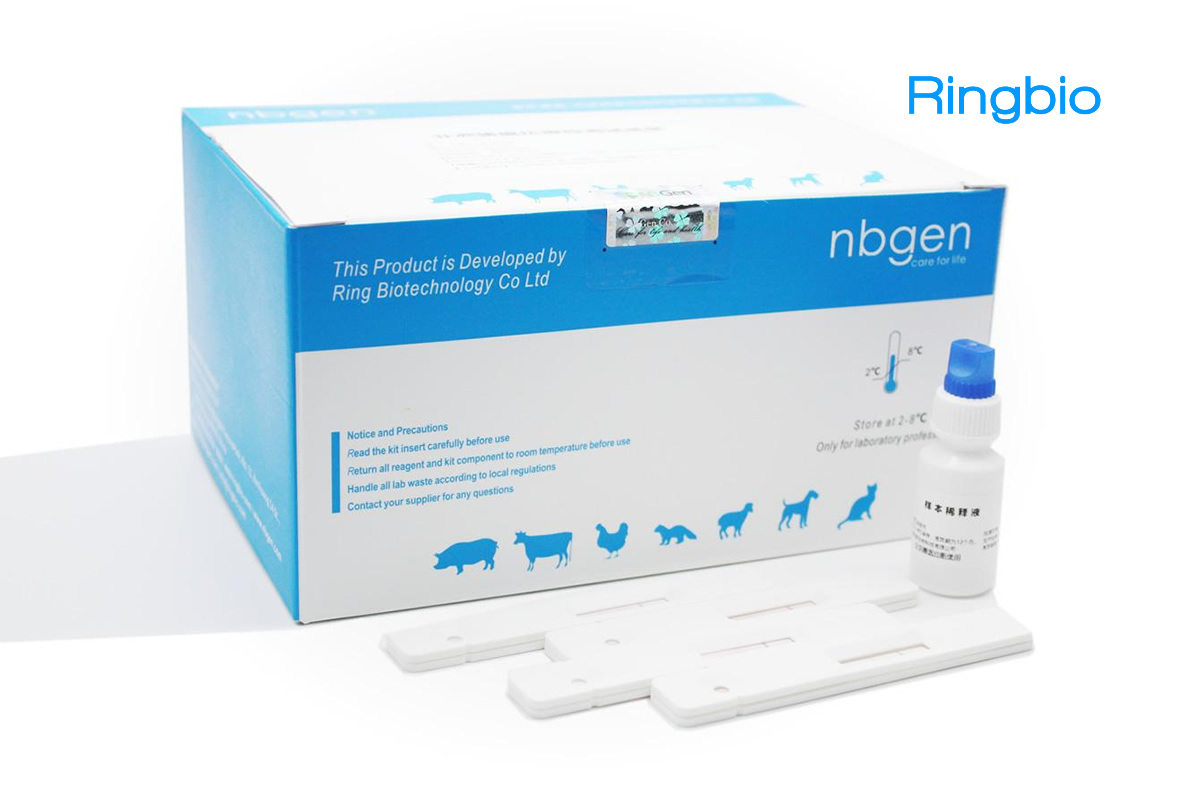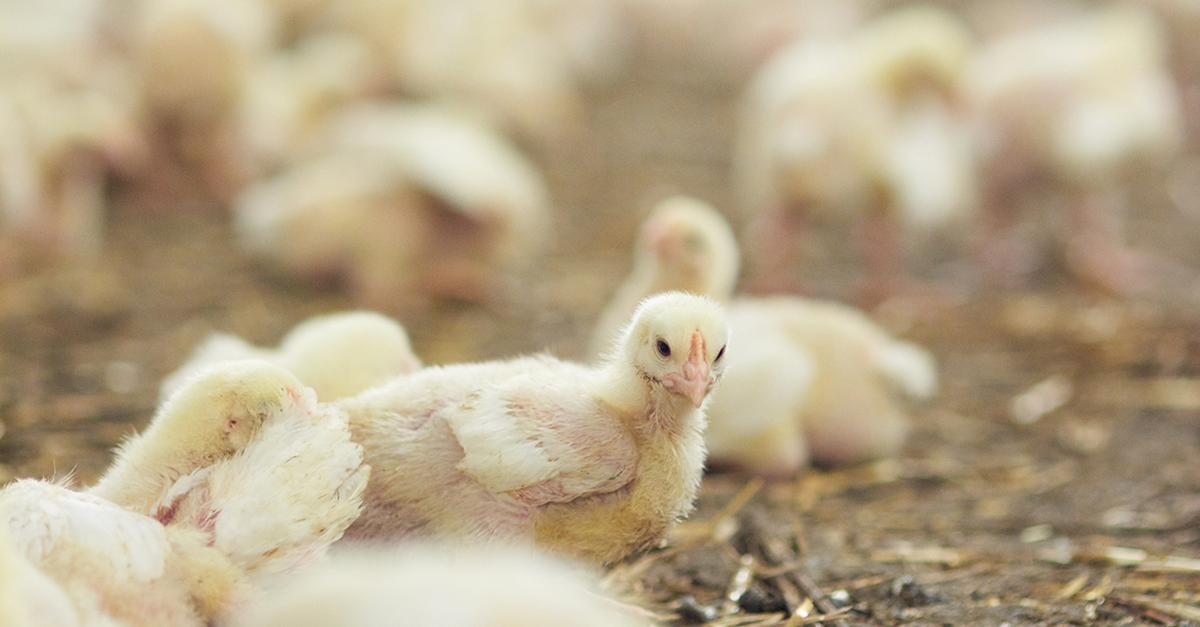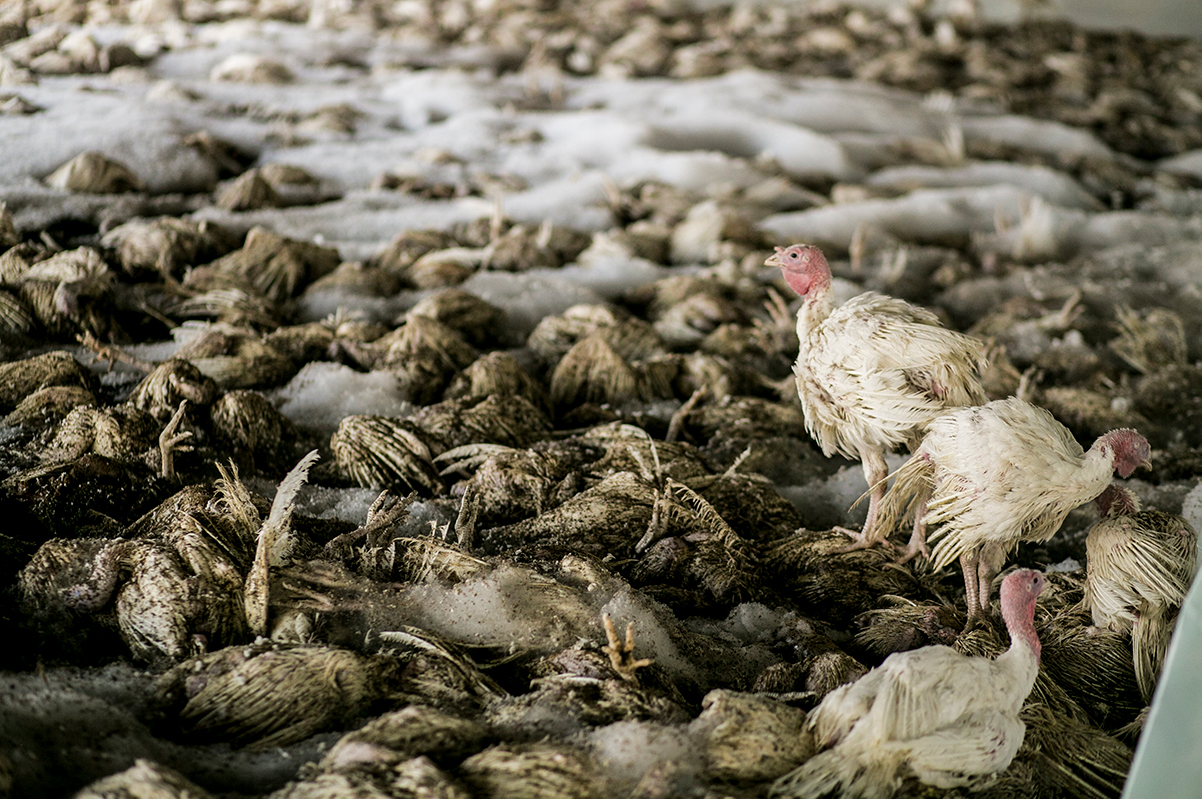
Bird flu milk, a pressing concern in both public health and poultry farming, requires a comprehensive understanding to mitigate its risks and safeguard animal and human well-being. This article delves into the definition, transmission, and impact of bird flu milk, highlighting preventive measures, research advancements, and global collaboration for effective control.
As bird flu milk poses potential threats to poultry populations and public health, it is crucial to stay informed and vigilant. This overview provides valuable insights into the multifaceted nature of bird flu milk, empowering readers to make informed decisions and contribute to its prevention and management.
Bird Flu Milk: A Comprehensive Overview
Bird flu milk is a term used to describe the secretions from the respiratory tract of birds infected with the avian influenza virus. These secretions can contain high levels of the virus and can be transmitted to humans through contact with infected birds or their bodily fluids.
Bird flu milk poses a potential risk to human health, as it can cause severe respiratory illness and, in some cases, lead to death.The virus that causes bird flu is highly contagious among birds and can spread rapidly through poultry flocks.
In addition to respiratory symptoms, infected birds may also experience fever, loss of appetite, and a drop in egg production. Bird flu milk can be transmitted to humans through direct contact with infected birds or their bodily fluids, such as saliva, nasal discharge, or feces.
It can also be transmitted through contact with contaminated surfaces or objects.Bird flu milk has been detected in several countries around the world, including China, the United States, and Europe. In 2023, an outbreak of bird flu in the United States led to the death of millions of poultry birds and caused significant economic losses to the poultry industry.
Bird Flu Milk in Poultry Farming
Bird flu milk poses a significant threat to poultry populations. Infected birds can shed large amounts of the virus in their respiratory secretions, which can quickly spread to other birds in the flock. This can lead to rapid and widespread outbreaks of bird flu, resulting in high mortality rates and significant economic losses for poultry farmers.To
control the spread of bird flu milk in poultry farms, farmers must implement strict biosecurity measures. These measures include isolating infected birds, disinfecting equipment and facilities, and restricting access to the farm. Vaccination programs can also be used to protect poultry flocks from infection.In
cases of an outbreak, it is crucial to quickly identify and isolate infected birds to prevent the spread of the virus. Early detection and reporting of suspected cases are essential for effective control and containment of bird flu outbreaks.
Public Health Concerns and Prevention

Bird flu milk poses a public health risk as it can cause severe respiratory illness in humans. Symptoms of bird flu in humans can range from mild to severe and may include fever, cough, sore throat, muscle aches, and fatigue.
In severe cases, bird flu can lead to pneumonia, respiratory failure, and death.To prevent exposure to bird flu milk, it is important to practice good hygiene and take precautions when handling poultry or visiting poultry farms. This includes wearing protective clothing, washing hands thoroughly, and avoiding contact with sick birds or their bodily fluids.
It is also important to cook poultry products thoroughly before eating them.Early detection and reporting of suspected cases of bird flu in humans are crucial for effective treatment and containment. If you experience any symptoms of bird flu after exposure to poultry or their bodily fluids, seek medical attention immediately.
Research and Development: Bird Flu Milk

Ongoing research efforts are focused on understanding the transmission, prevention, and treatment of bird flu milk. Scientists are working to develop new vaccines and antiviral drugs to protect birds and humans from infection. Research is also being conducted to identify the factors that contribute to the emergence and spread of bird flu viruses.In
addition to traditional research methods, innovative technologies and approaches are being explored to address bird flu milk. These include the use of artificial intelligence to monitor poultry flocks for signs of infection and the development of biosensors to detect the virus in the environment.By
continuing to invest in research and development, we can improve our understanding of bird flu milk and develop more effective strategies to prevent and control outbreaks.
Global Collaboration and Surveillance

International collaboration is essential for monitoring and controlling bird flu milk. The World Health Organization (WHO) and the World Organization for Animal Health (OIE) play a key role in coordinating global efforts to prevent and control bird flu outbreaks.These organizations provide technical assistance to countries, facilitate the sharing of information, and coordinate surveillance and response activities.
By working together, countries can share information about outbreaks, track the spread of the virus, and develop joint strategies to prevent and control bird flu.Successful surveillance and response mechanisms have been implemented in several countries. These mechanisms include active surveillance for bird flu in poultry populations, rapid reporting of suspected cases, and the implementation of strict biosecurity measures.
By sharing best practices and working together, countries can improve their ability to prevent and control bird flu outbreaks.
Ending Remarks

In conclusion, bird flu milk demands ongoing attention and collaborative efforts from various stakeholders, including public health authorities, poultry farmers, researchers, and international organizations. By enhancing our understanding of its transmission, prevention, and treatment, we can effectively mitigate its impact on poultry populations and safeguard public health.
Continued research, surveillance, and global collaboration are essential to combat bird flu milk and ensure the well-being of both animals and humans.





